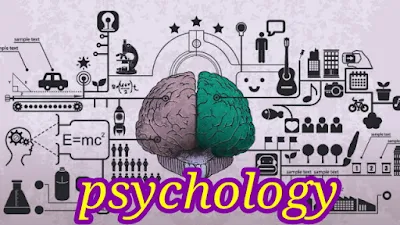Freudian psychology of Sigmund Freud Analysis
Freudian psychology of Sigmund Freud
Today, you will learn about what really freudian psychology is and how is it used by Bhawani Bhikshu in his stories. Freudian psychology is the Psychological therapy coined by Sigmund Freud. That's why it is called freudian psychology. This type of feature is found in Bhawani Bhikshu's articles.
Sigmund Freud (1856-1939), born to a Jewish family in Fyberg Morabia, is a psychiatrist working in Vienna, Austria. He is the originator of a special method of psychoanalysis under psychology. After the establishment of this system, Freud's disciples and pioneers of individual psychology focused on this.
Alfred Adler (1870-1937) and Carl Gustav Judd (1875-1916), theorists of psychoanalysis and the theory of collective unconsciousness and personality development contributed to this tradition of psychological thought. The theoretical establishment of these three psychologists regarding psychology or psychoanalysis is called Freudian psychology.
The main purpose of Freudian psychology is to explore the relationship between the unconscious and the conscious emotional response and to try to unravel it in order to diagnose mental illness within the person.
Directly influenced by this principle, the narrator vividly depicts the inner conflict of the subconscious mind of man. The human mind is found to be divided into three levels. Psychologists study the human mind into three levels, conscious, semi-conscious and subconscious. Man's desires and aspirations are unlimited.
All desires may not be completed. In some cases, the desires and aspirations that are unable to be fulfilled are exhausted in the subconscious mind.
In some cases, such desires can cause a person to stumble and fall. Personal and social factors can affect a person's mood and cause him or her psychological problems.
